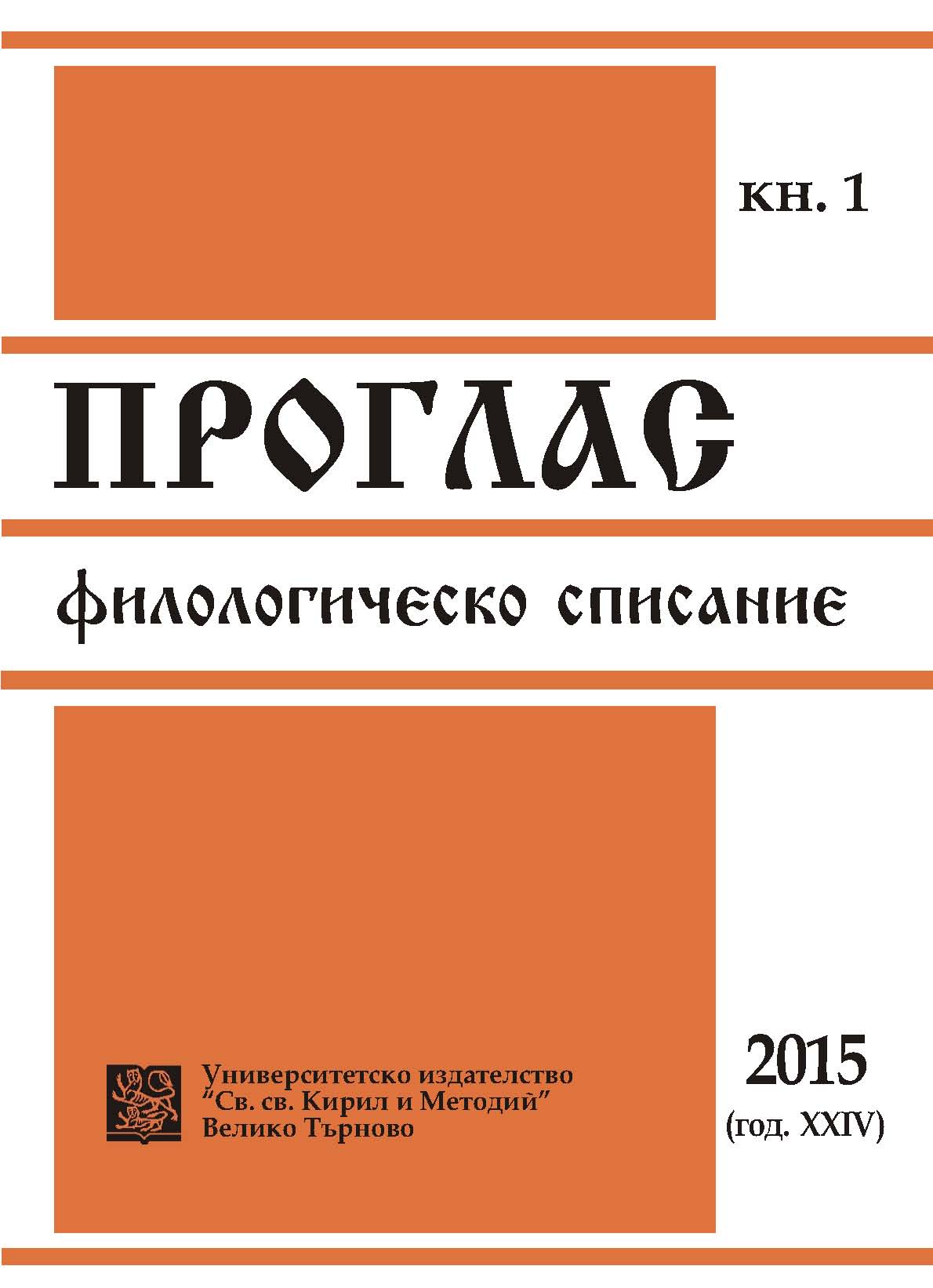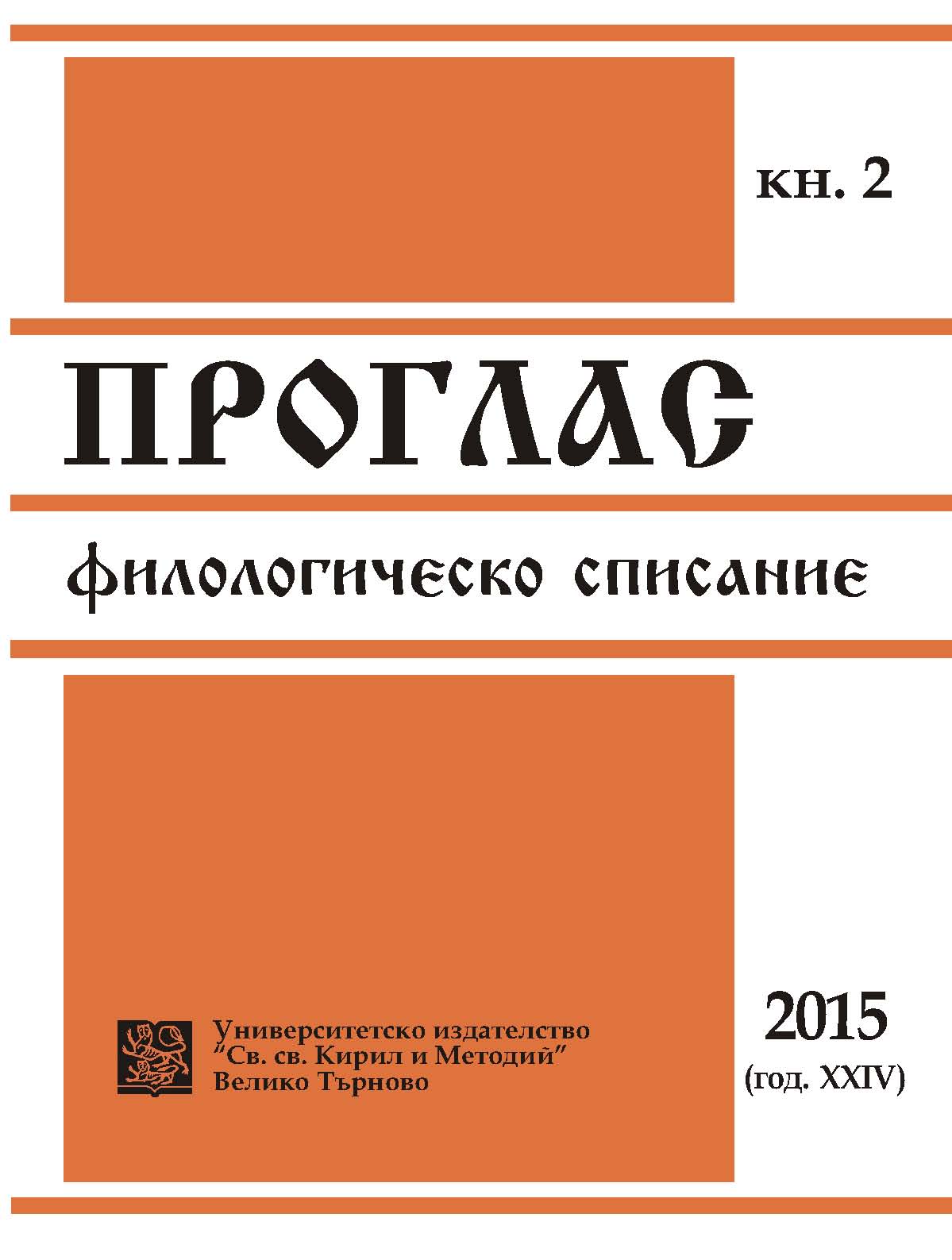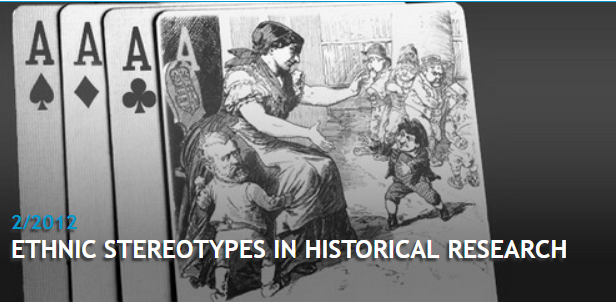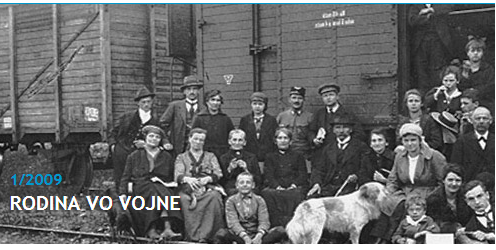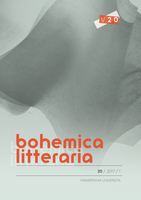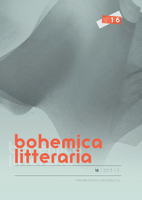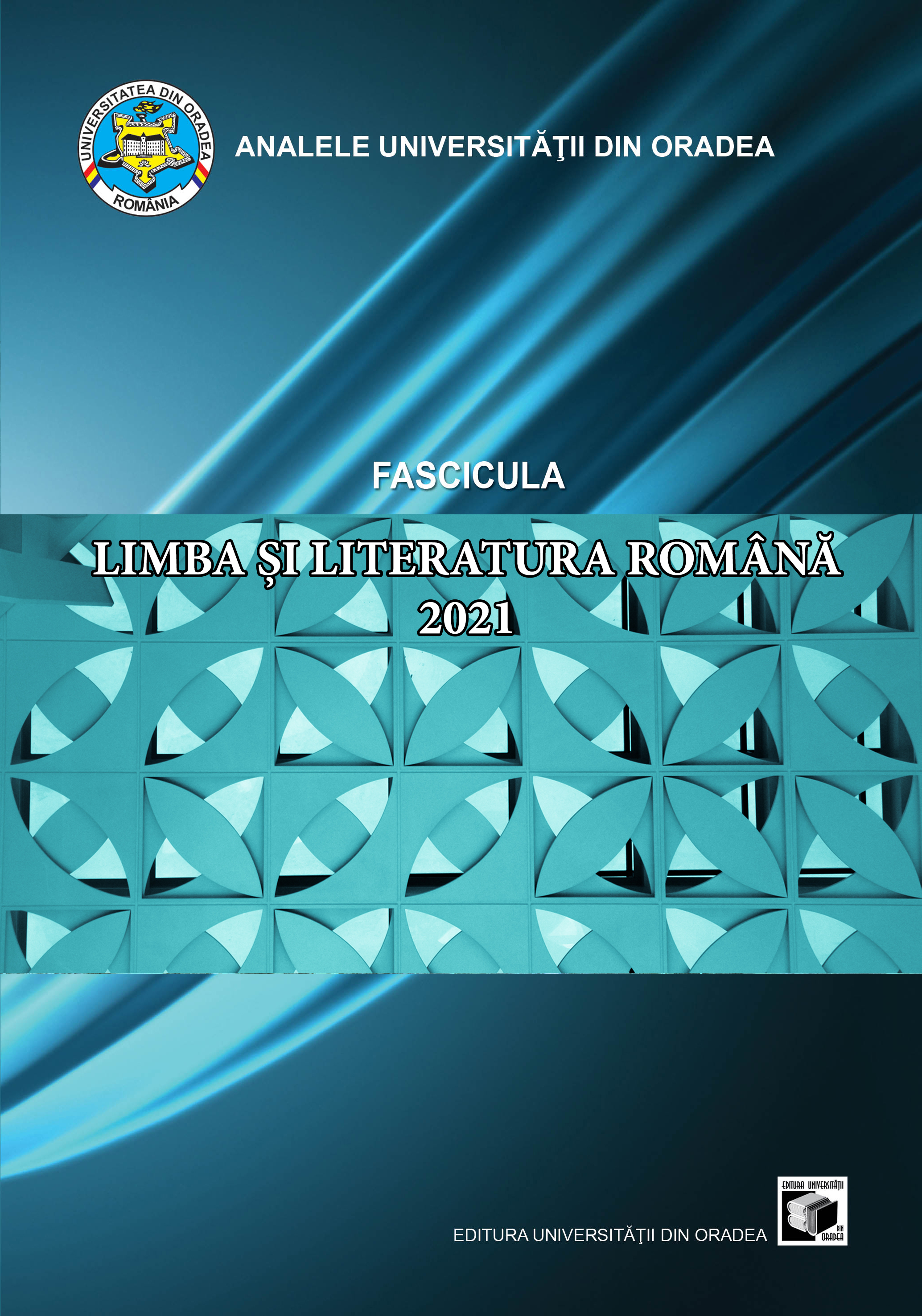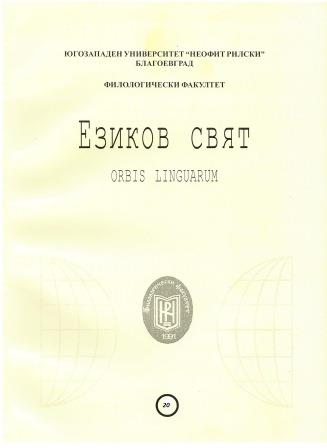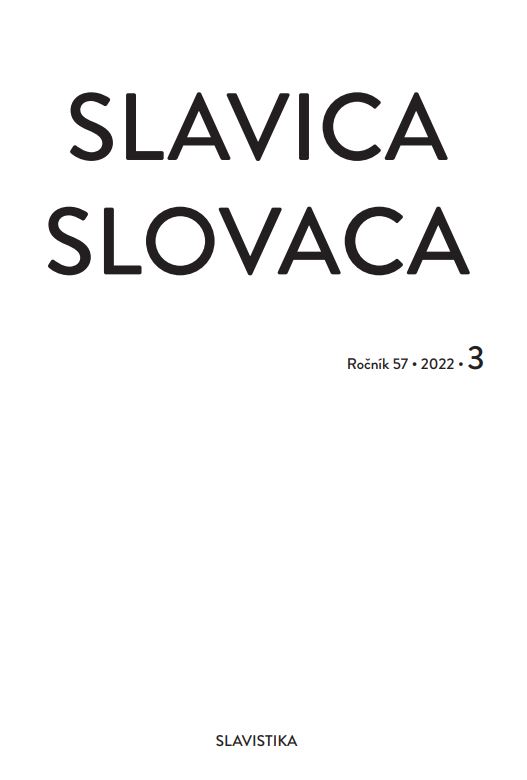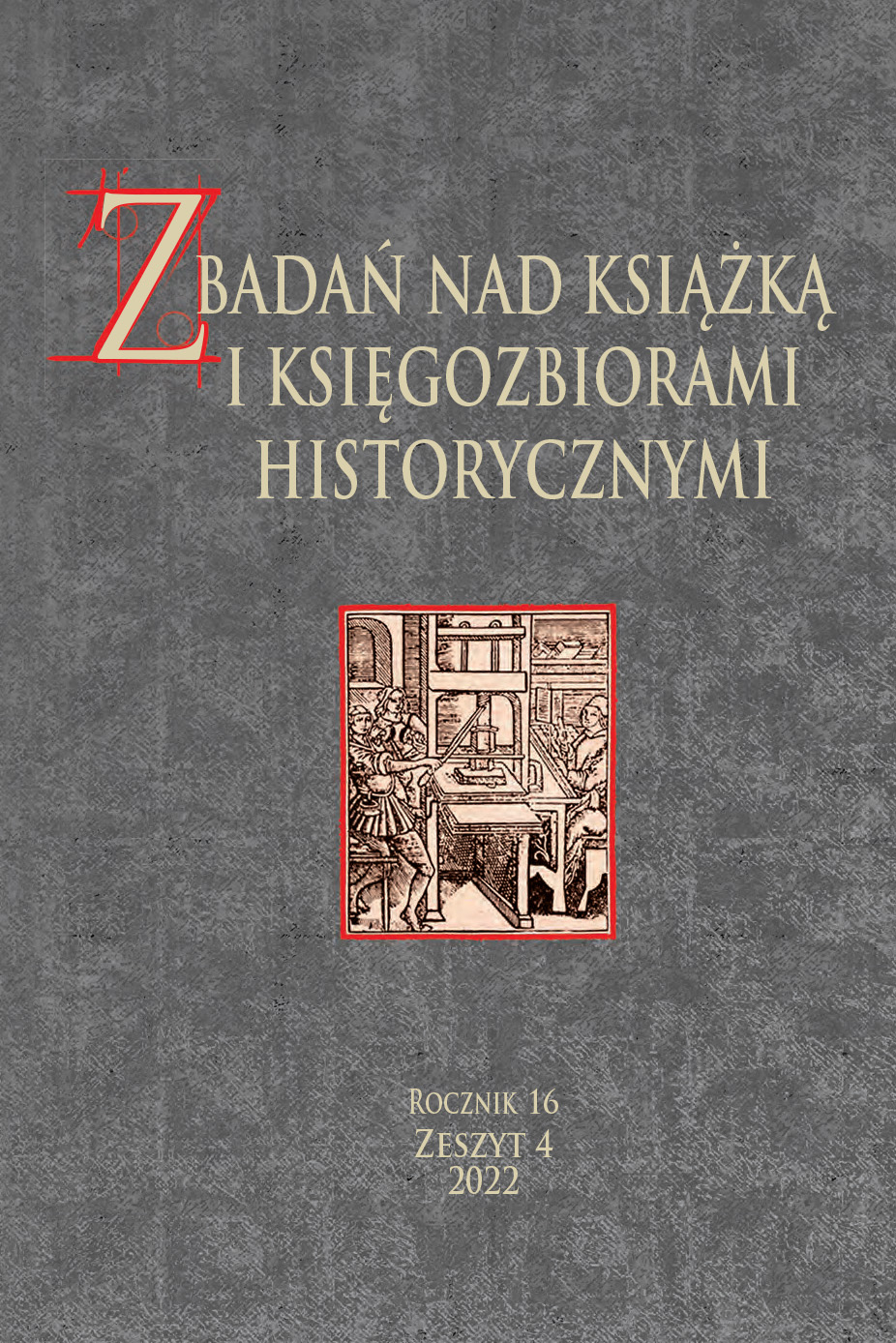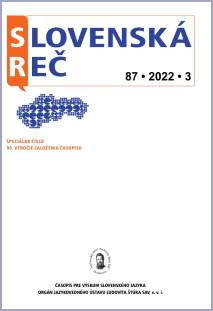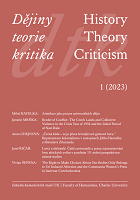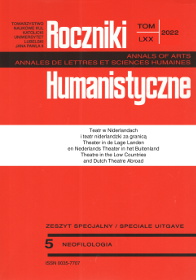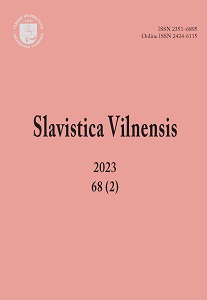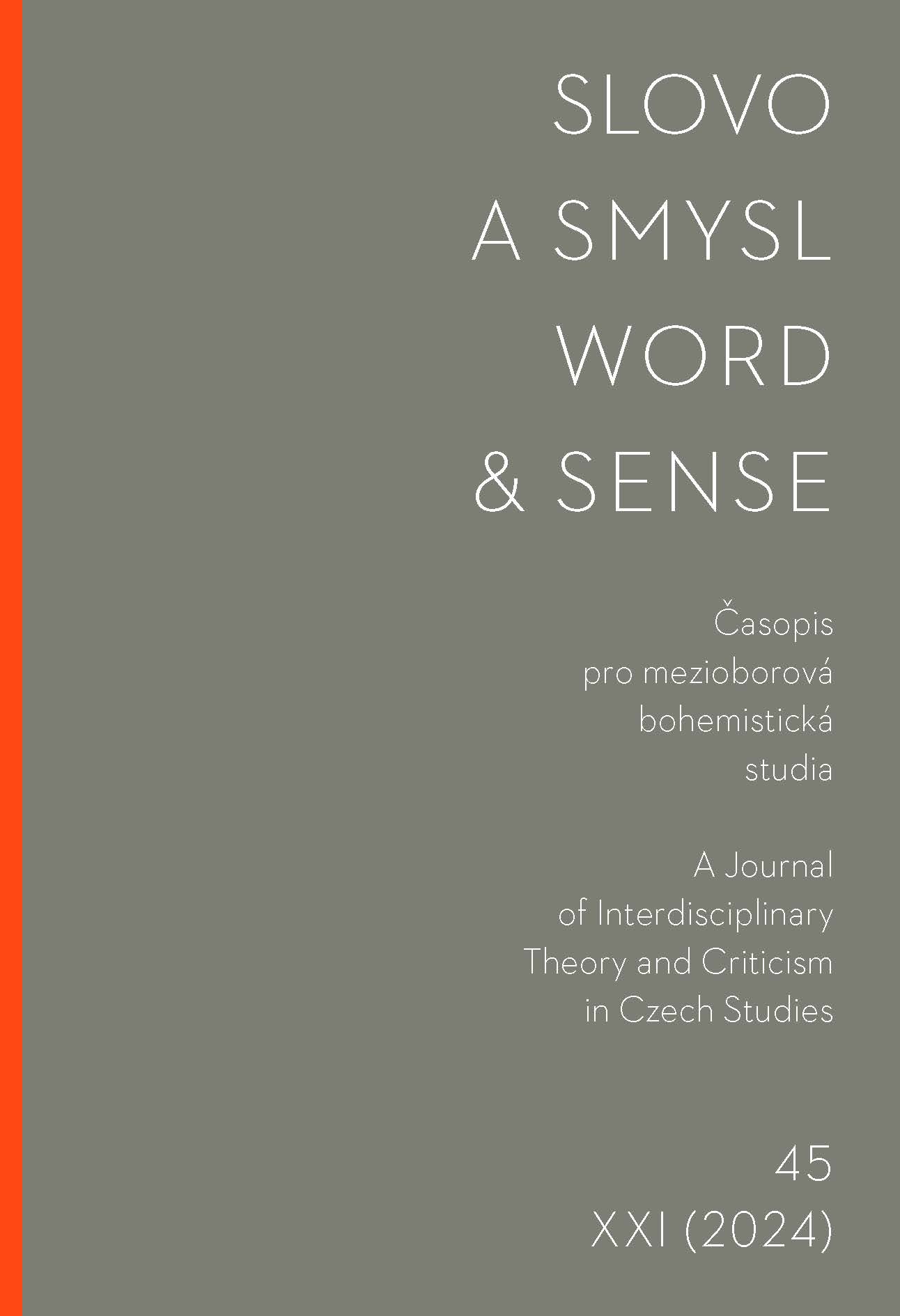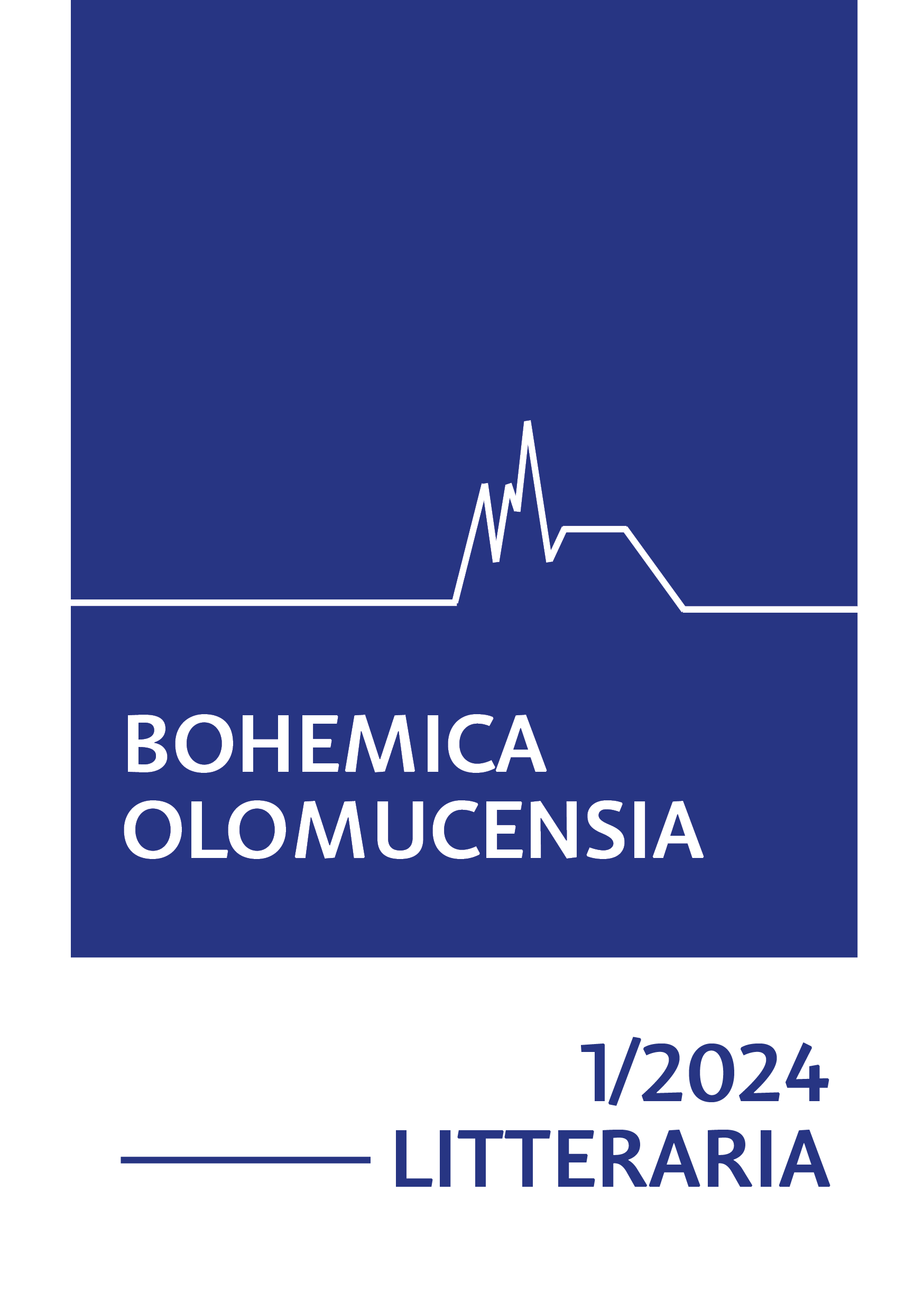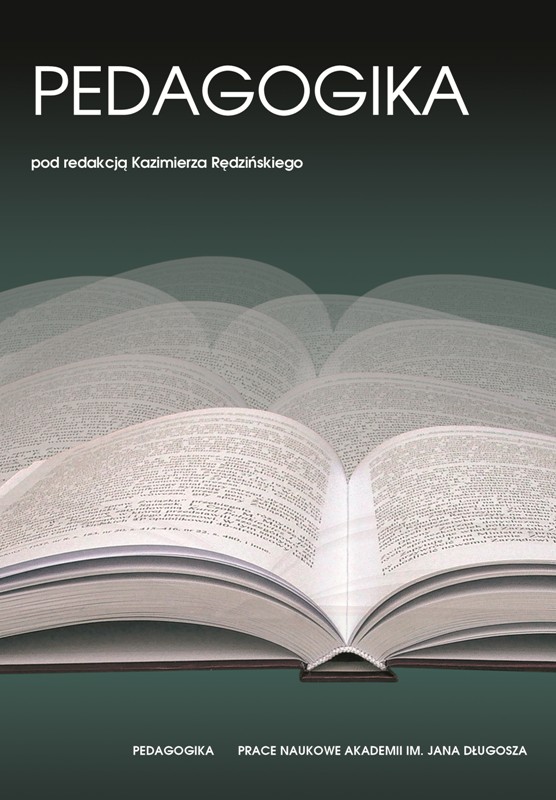
Tatry v slovenskej a poľskej literatúre vyjadrujúce vzájomnú súvislosť poľského a slovenského národa
In the article I deal with perception of Tatras in Slovak na Polish literature. I refer to perception of Tatras by Polish authors, which understood Tatras as a helth enviroment for human soul. Authors literature is full of pesimism and boredom, but Tatras help them to overcome theirs deprssion. Slovak authors see in the Tatras the guardians of Slovak nation. Their perception is more nationalist and Tatras are characterized as subjects of Slovak national identity. The common feature of both groups of authors is characterization of Tatras as “Tatras – Prometheus”. This characterization emerges in works of distinguished authors as Hviezdoslav or Tetmajer. For both nations are Tatras important characteristic of national awakening.
More...
